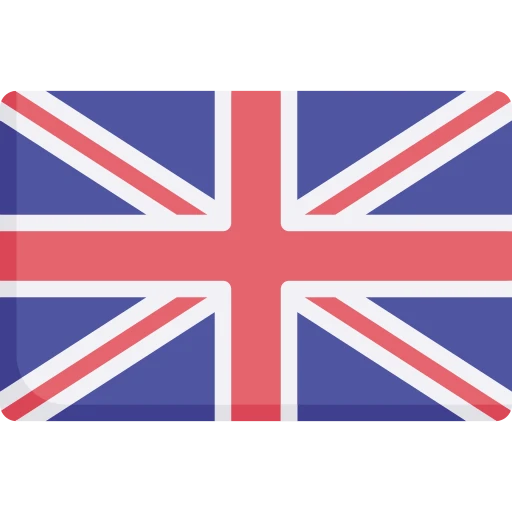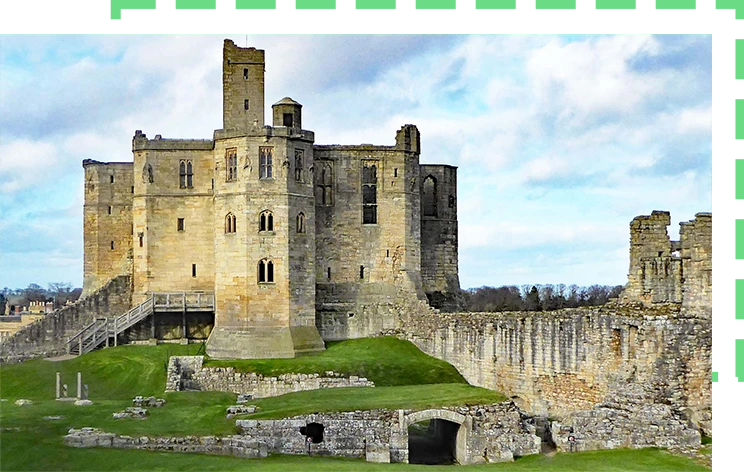WHAT IS IT ?
Heritage surveys are an essential part of any effort to preserve and protect historical sites and artefacts. We use the latest laser scanning technology surveys to help to identify and document the unique characteristics of a heritage site or object, providing valuable information that can be used for the preservation and management of these buildings.
At Survey2Plan, we also provide bespoke Listed Building survey services. Our historic building surveys acquire comprehensive point cloud data to get information about the Grade I and Grade II listed buildings in a non-intrusive and accurate manner.
Because of exceptional architectural and historic importance, as well as additional legal protection, listed building surveys need a specialized technique to generate precise and complete data.
To analyze the delicate structure, we create precise 2D CAD drawings at sizes such as 1:20 / 1:10, as well as CAD and Revit 3D models.
Heritage Surveys – The S2P Advantage

Dedicated Account manager

You will have one point of contact throughout the process – unrivalled customer service.
Up to 10 Revisions

Months after a model has been delivered, we are still on hand to help- peace of mind.
Honesty & Transparency

The price quote will always be the price you pay. There will be no hidden fees or additional charges.
Experienced & Diverse Team

Our team is made of Architects, engineers and BIM consultant.
Cutting-Edge Technology

We use the latest and cutting-edge technology to deliver highly accurate results.
UK-Based

What is a Heritage Survey?
Heritage surveying is an in-depth and systematic process of documenting, assessing, and preserving historical and cultural assets for the future generations. As these assets form the very foundation of our society’s identity, the term assets encompass a wide range of elements such as historic buildings, archaeological sites, landmarks, artifacts, traditions, among others.
Understanding the terrain through topographic surveys complements our heritage conservation efforts. These surveys are performed whenever the need arises to restore or renovate a historic or conservation building. Thus, a heritage survey acts as vital tool in understanding and conserving these historic assets for the generations to come.
The other two terms used for such surveys are Historic Surveys or Cultural Surveys.

What is a Listed Building Survey?
To understand Listed Building survey, first you should know what a listed building is.
In the United Kingdom, the listed building refers to a structure that has been included by government in its list of protected buildings. The government divides this list into three further categories Grade I, Grade II*, and Grade II, with Grade I buildings being of the highest significance. So, the survey performed on such buildings is known as Listed Building surveys.
As listed buildings enjoy legal protection, you need to have specific permission from the officials to perform any alterations or renovations. These strict standard operating procedures and code of conduct ensure that the building’s character and heritage remain intact.
A Listed Building survey usually entails the following
- Architectural Examination
- Documentation and Measurement
- Condition Assessment
- Conservation Recommendations
- Regulatory Compliance
- Community Engagement
How Much Does a Heritage survey cost?
The cost of a Heritage survey can vary depending on the size of the property or land, its location, and the complexity of the terrain. The cost of a survey is made up of two-part fieldwork (which includes travel costs) and office-based data processing. The average price of fieldwork varies from £500 to £750 per day and office work ranges from £275 to £400 a day.
However, the cost can be higher for larger or more complex projects. The cost of the survey will also depend on the level of detail required, with more detailed surveys costing more. To get an exact quote, you can fill out the form for a free consultation with out expert.
The Importance of Compliance
As mentioned above, listed buildings are protected by government-maintained lists and you need permission to make alterations or renovation. It means you should work with professionals who understand the legislation. As we are UK-based, we understand the compliance inside out.
The legislation involves a lot, and it keeps on changes – from planning legislation to whether any alterations have had appropriate consents.

Guidelines for a Successful Heritage Survey of Historical Structures
To conduct a successful heritage survey for churches, temples, castles, and historical structures, a multidisciplinary approach is needed. Furthermore, such surveys also require attention to detail, high level of skills, cutting-edge tools, and sufficient experience. You need to follow a comprehensive approach to ensure its success. Delve into details and gain deep insights on how S2P conduct heritage and listing buildings surveys and deliver exceptional results to its clients
1. Clearly Define Goals and Objectives
Collecting data is key to the success of any project. Therefore, we hold an on-site and in-depth project kickoff meeting to extract data and collect all relevant information.
2. Expert Assistance
What truly makes S2P stand out from the others is its team. We are not just surveyors. Our team includes architectural technicians, BIM consultants, and engineers. Our experts ensure that your survey is conducted as per the best practices of the industry and that you always receive highly accurate and precise models.
3. Utilize High-Density Point Cloud Technology
Historical buildings come with complex structures and intricate details. When it comes to such complex structures, we always recommend using high-density point cloud technology to capture all details accurately. Our experts will use a cutting-edge laser scanner to create a 3D representation of your structure and ensure that no minute feature is overlooked. The data extracted from laser scanner is accurate, precise, and comprehensive and is key to preservation and restoration efforts.
4. Create Detailed Inventories
Maintaining the record of all structures and artifacts on site is a critical component of any heritage and listed building survey strategy. We encourage you to maintain not only the physical record but also the history and significance of each item. This information will act as a valuable resource for future researchers and conservators.
5. Request Digital Models with Custom Families
FAQs
What Areas do you cover?
Being the best heritage consultants, we have several surveyors strategically located throughout the country which allow us to service clients nationwide.
How to Conduct a Heritage Survey?
Conducting a heritage survey requires careful planning and attention to detail. Here are some basic steps to follow
- Research the history of the site or object, including any available historical documents, photographs, and other relevant materials.
- Visit the site and conduct a detailed inspection of all structures and artifacts present. Take photographs and detailed notes about each item.
- Use the information gathered to create an inventory of all structures and artifacts present at the site, along with detailed information about the history and significance of each item.
- Consider using specialized tools such as ground-penetrating radar or 3D laser scanning to create detailed digital models of the site or object.
Why Conduct a Heritage Survey?
Every stakeholder will have their own reason for conducting a Heritage survey depending on the nature of the project. A client might be interested in the information to help them for preservation purposes or to increase interest and support for preservation efforts.
A design team might be more concerned with the features or the unique characteristics of a site or object to help with the proposed redesign efforts.
What is a Heritage Survey?
Heritage surveys are carried out to document the structures and circumstances of historical features in buildings. Laser scanning methods are non-intrusive, so they are ideal for listed buildings such as churches, museums, and ruins. Using the latest Faro Scanning technology, we can produce detailed and trustworthy as-built CAD drawings and 3D models in Revit or Vector works.
